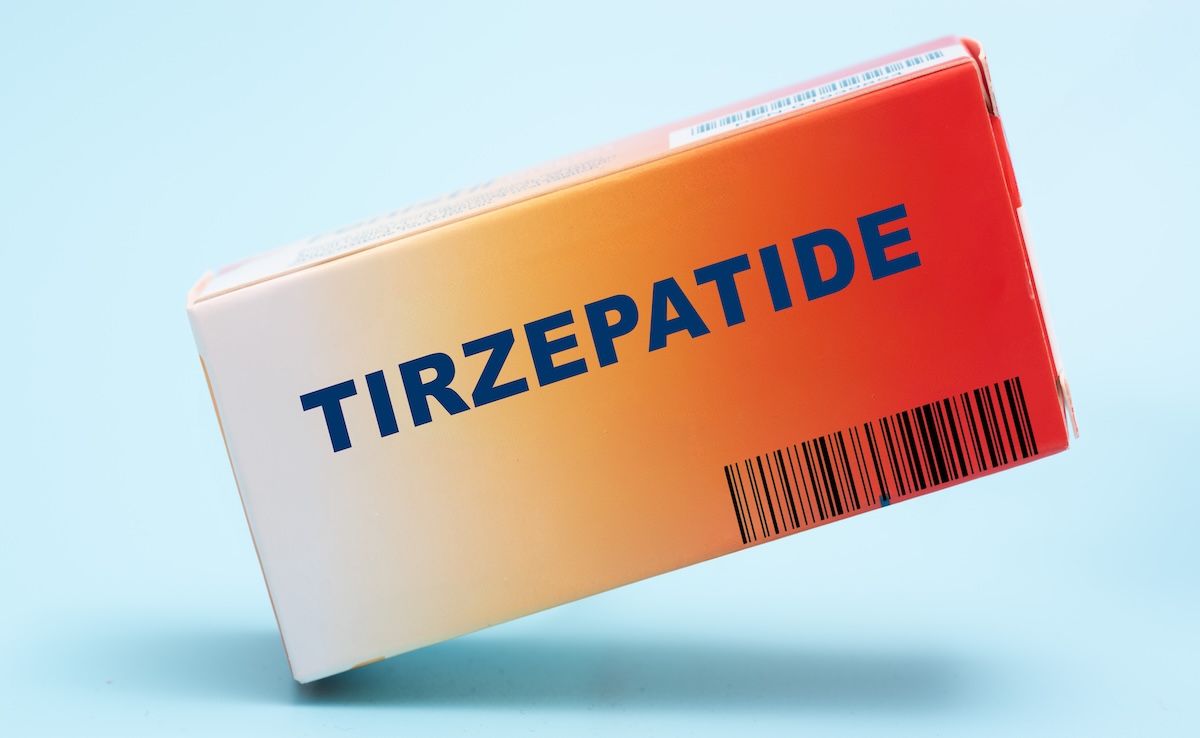Commentary
Article
ICYMI: Highlights From SLEEP 2024
Author(s):
Check out our top 5 most-viewed pieces of coverage from the 2024 SLEEP meeting.
Our most-read coverage from the 2024 SLEEP meeting included discussions about novel orexin agonists, associations between sleep and mental health, guideline updates, and influence of sleep health on cardiovascular health.
SLEEP 2024 | image credit: sleepmeeting.org

Below are our top 5 most-read pieces of coverage from the 2024 SLEEP meeting. To view our coverage of the SLEEP: American Academy of Sleep Medicine and Sleep Research Society annual meeting in its entirely, please visit here.
5. Dr Ron Grunstein Discusses Findings on Investigational Orexin Agonist in Patients With Narcolepsy
A phase 1b study targeting orexin deficiency demonstrated the efficacy of a novel orexin agonist in the management of narcolepsy type 1. The diverse study sample featured 9 patients who were randomly assigned to receive varying doses of the orexin agonist or a placebo. Results laid the groundwork for a yet-to-come phase 2 trial, as participants responded very positively to the intervention.
Watch the full interview here.
4. Reduced Sleep Duration Associated With Suicide Attempts in Adolescents
Adolescent health can be linked to their sleep habits, as these 2 posters explored. One aspect of these presentations emphasized how high school students tend to have later chronotypes—meaning they stay up later, have more trouble falling asleep, and get less sleep overall, especially on school nights. These findings worked in tandem with a second poster that suggested sleep health could facilitate the relationship between adolescent bullying and suicide attempts. Ultimately, sleep duration had an inverse relationship with these risks, stressing the need to consider adolescent sleep patterns more carefully in public health strategies.
3. Guidelines, Treatments, Testing Advancements in Narcolepsy, Idiopathic Hypersomnia
Narcolepsy and idiopathic hypersomnia are commonly diagnosed in the younger population, leading to guideline revisions for the pediatric population. These updates call for practices to optimize sleep duration—such as shutting down electronics 30 minutes prior to lights out—that will help enhance clinical sleep-tracking capabilities during a polysomnography. Many have also recognized the limitations of the multiple sleep latency test, in part to its inability to differentiate between disorders of hypersomnolence. Additionally, speakers shed light on promising therapeutics in this area, such as the intravenous delivery of orexin receptor agonists.
2. Sleep, Circadian Rhythms Affect Depressive Symptoms in Bipolar Disorder
A diverse panel consisting of sleep, psychology, and psychiatry experts explored the influence sleep health has on bipolar disorder (BPD). Sleep patterns can vary greatly in those affected by BPD entering either manic or depressive states. Circadian rhythms, social rhythms, and in turn social activity and other behaviors are all disrupted—even responses to medications. Other elements such as reduced exposure to daylight, which alters circadian rhythms, can exacerbate depressive symptoms in BPD. Furthermore, the culmination of these effects is believed to increase risks of suicidality in those with BPD, emphasizing the need to factor sleep habits and circadian rhythm into treatment approaches for managing patients’ conditions and mental health.
1. Dr Allison Brager Highlights the Influence of Sleep on Cardiovascular Health
The circadian clock and one’s cardiovascular health are deeply intertwined. The way the heart is programmed to function during daytime, waking hours vs nighttime sleeping hours differs; when this system is disrupted, individual’s carry greater risks for multiple cardiac complications, including stroke, heart attack, and more. Growing literature in the consequences of circadian misalignment have uncovered the negative consequences and heightened risks of, for example, working a night shift compared to a day shift, as well as how circadian clocks influence athletic performance in different time zones. With these considerations in mind, research continually demonstrates the benefits of exercise regimens and overall fitness for improving cardiac health, heart rate variability, and mitigating the risks associated with even small disruptions like daylight savings.





